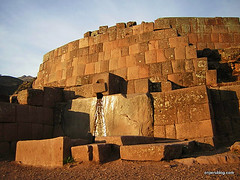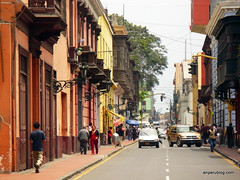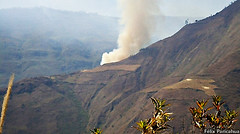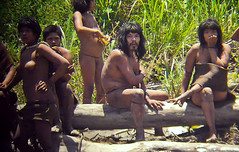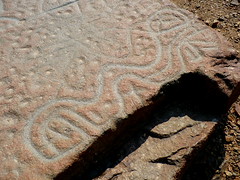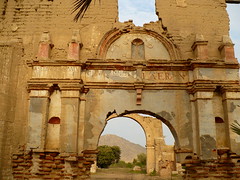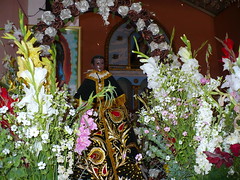Decontamination of Rimac River to cost more than $100 million
The Peruvian Times, read here, is reporting that a cleanup of the polluted Rímac river would cost upwards of $100 dollars and take 5 years.
A thorough and complete cleanup of Peru’s heavily polluted Rimac River could potentially cost more than $100 million and take up to five years, said Chaclacayo mayor and President of the Rimac River Mayors’ Association, Alfredo Valcárcel Cahen.
Because of the environmental and health risks, Valcárcel’s association has prepared an integral cleanup plan, which is soon to be presented to Peru President Alan Garcia and Premier Yehude Simon.
To rid the Rimac River of all potentially dangerous and toxic substances, more than $100 million are needed, said Valcárcel.
The Rimac River is located in the occidental flank of the Andes – it begins in a lake located more than 4,697 meters above sea level, and ends in a brown stream in Peru’s desert capital city, Lima. The Rimac river provides approximately 71 percent of the capital’s drinking water.
A large number of mines are located in the high areas of the Rimac River Basin.
According to a recent study, water samples revealed high concentrations of cadmium, ranging from 0.0002 mg/l at the Blanco River to 0.011 mg/l after Parac Creek at the mainstream. Other trace metals as cupper, lead, zinc and arsenic showed at the majority of sampling sites high levels of concentration.
Last July, Peru’s ombudswoman warned the government that the Rimac River was threatened by possible arsenic, lead and cadmium contamination from a mining operation upriver in the Andes.
Beatriz Merino, in an open letter to President Alan Garcia’s top Cabinet minister, contended that the failure of the San Juan S.A. Mining Company to protect its tailings dam against existing subterranean water filtration and seismic activity put the city’s population of eight million people at risk. A major earthquake could potentially cause the contamination of Lima’s entire potable water system and shut down Peru’s central highway and railway, she argued.
Tailings, also known as slimes or gangue, are produced when mechanical and chemical processes are used to extract the desired product from the worthless ore and are usually stored on the surface in retaining structures such as dams.
Common materials and elements found in tailings — and, perhaps soon likely to be found in Lima’s potable water system — include arsenic, barite, radioactive materials, mercury, cadmium, hydrocarbons, and sometimes cyanide and sulphuric acid.
Tags: mining, pollution, rimac valley, river



